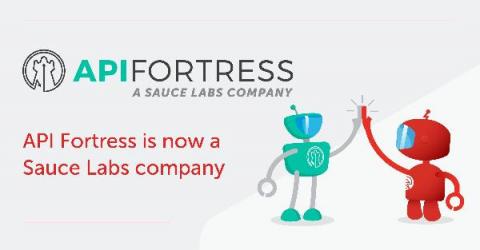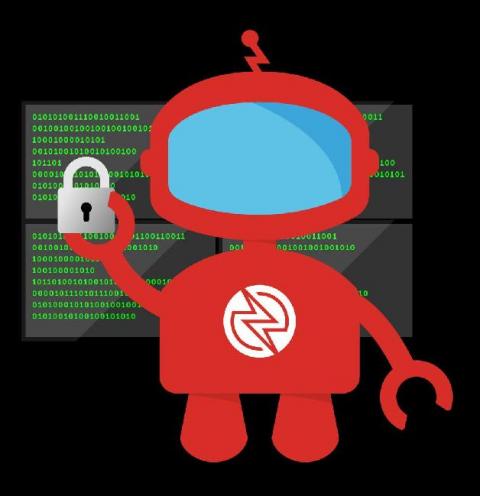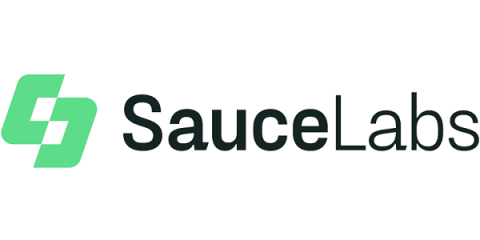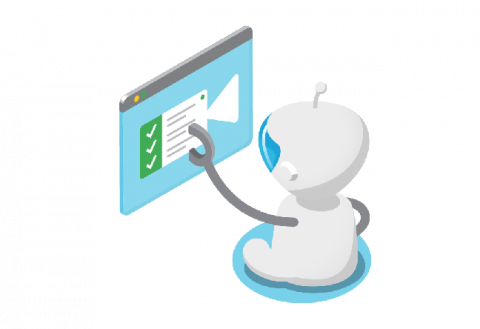What's Coming in Selenium 4: The New Selenium Grid
We’ve covered a lot of ground in the past few blog posts, including how to contribute to the project, and some details of what you can expect as a Selenium user. But there’s more to Selenium than just the APIs you use to write your tests, and one of the big features we’ve not covered yet is the refreshed Selenium Grid: a mechanism that allows you to distribute your tests across a fleet of machines.








